
The low-FODMAP diet has an ungainly name, but it\’s helping to reduce the symptoms of IBS and Crohn\’s disease. Studies show it works better than standard dietary advice.
There’s a new acronym in the dieting world: FODMAP. It’s an acronym that makes life easier for anyone discussing this particular diet, because the words represented by the acronym are so difficult to remember, let alone pronounce. FODMAP stands for fermentable oligosaccharides, disaccharides, monosaccharides and polyols.
01
IBS relief

One of the reasons this new diet is getting so much attention is that it seems to help those who experience the symptoms of irritable bowel syndrome (IBS). Millions of Australians suffer from digestive disorders, and up to 20 per cent of the population suffers at some time with IBS.
02
What is IBS?
 While the word “bowel” is built into the name, IBS involves pain and discomfort anywhere in the abdomen, and includes such varied symptoms as diarrhoea, constipation, painful wind, belching, flatulence and bloating. If left untreated, over time it can lead to dehydration, nutrient deficiencies, social discomfort and could contribute to some forms of cancer.
While the word “bowel” is built into the name, IBS involves pain and discomfort anywhere in the abdomen, and includes such varied symptoms as diarrhoea, constipation, painful wind, belching, flatulence and bloating. If left untreated, over time it can lead to dehydration, nutrient deficiencies, social discomfort and could contribute to some forms of cancer.
03
What causes IBS?
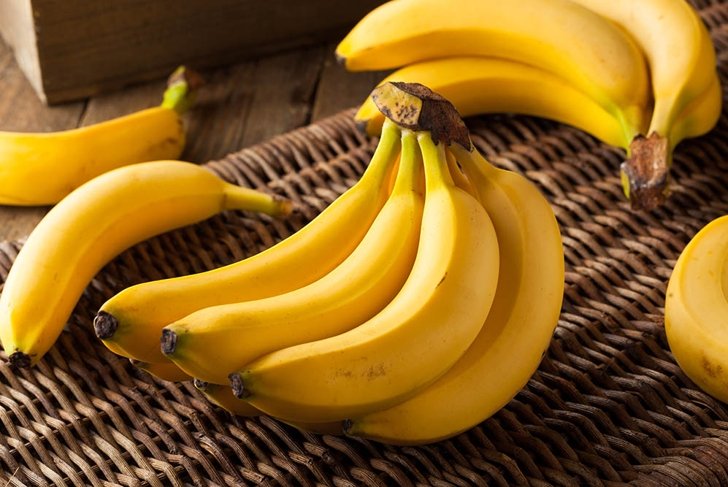 Experts believe that IBS is the result of a dysfunction in the muscles or nerves controlling the organs of the gastrointestinal tract, which is a lot more complex than it might first appear. A system of nerves runs the length of the digestive tract starting at the oesophagus and ending at the anus. In fact, the number of nerves in the gastrointestinal tract is exceeded only by the number present in the spinal cord and brain!
Experts believe that IBS is the result of a dysfunction in the muscles or nerves controlling the organs of the gastrointestinal tract, which is a lot more complex than it might first appear. A system of nerves runs the length of the digestive tract starting at the oesophagus and ending at the anus. In fact, the number of nerves in the gastrointestinal tract is exceeded only by the number present in the spinal cord and brain!
04
What role does diet play?
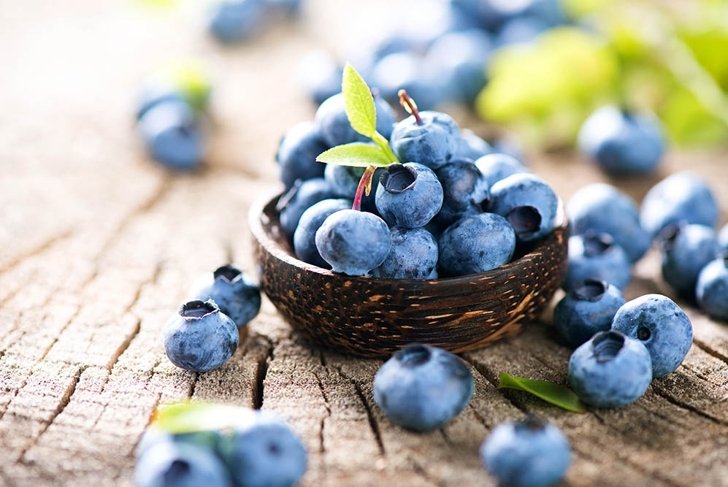 While some experts ponder the source of the dysfunction, others are focusing on the role of diet in producing the symptoms associated with IBS. Poor digestion, malabsorption of dietary sugars (lactose from dairy and fructose from fruits) and food chemicals have often been considered triggers for IBS symptoms.
While some experts ponder the source of the dysfunction, others are focusing on the role of diet in producing the symptoms associated with IBS. Poor digestion, malabsorption of dietary sugars (lactose from dairy and fructose from fruits) and food chemicals have often been considered triggers for IBS symptoms.
Similarly, while dietary fat helps food and wind to move slowly through the stomach and small intestine of healthy individuals, it seems to really slow down food and wind transit in those with IBS. New research also suggests non-coeliac gluten intolerance may play a role in those who suffer with irritable bowels.
One of the major complaints associated with IBS involves wind production. For example, IBS sufferers report more wind, as well as wind that takes longer to dissipate from the small intestine than those without IBS.
As a result of the wind buildup, bloating causes an increased abdominal size throughout the day, leading to discomfort and possible embarrassment—not to mention a wardrobe full of unattractive clothing with elasticised waistbands!
05
The low-FODMAP diet
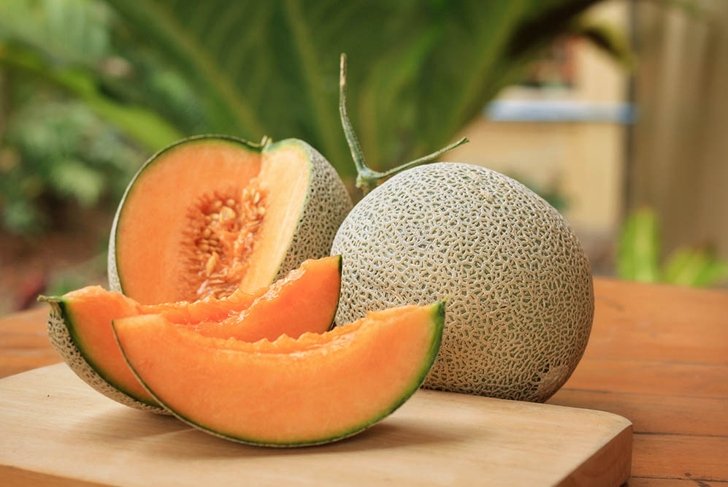 In 2006, researchers Professor Peter Gibson and Dr Sue Shepherd from Monash University linked several highly fermentable but poorly absorbed short-chain carbohydrates and polyols to symptoms associated with IBS, including wind and diarrhoea, as well as to the increased intestinal permeability associated with Crohn’s disease.
In 2006, researchers Professor Peter Gibson and Dr Sue Shepherd from Monash University linked several highly fermentable but poorly absorbed short-chain carbohydrates and polyols to symptoms associated with IBS, including wind and diarrhoea, as well as to the increased intestinal permeability associated with Crohn’s disease.
These fermentable oligo-, di- and monosaccharides and polyols are now known collectively as FODMAPs. They comprise oligosaccharides (fructans and galactans), disaccharides (lactose), monosaccharides (fructose) and polyols, which is the technical word for sweetener. In the 2006 study, 74 per cent of patients with IBS and fructose malabsorption experienced symptomatic improvement on a low-fructose/fructan diet such as the FODMAP diet.
06
How does the low-FODMAP diet work?
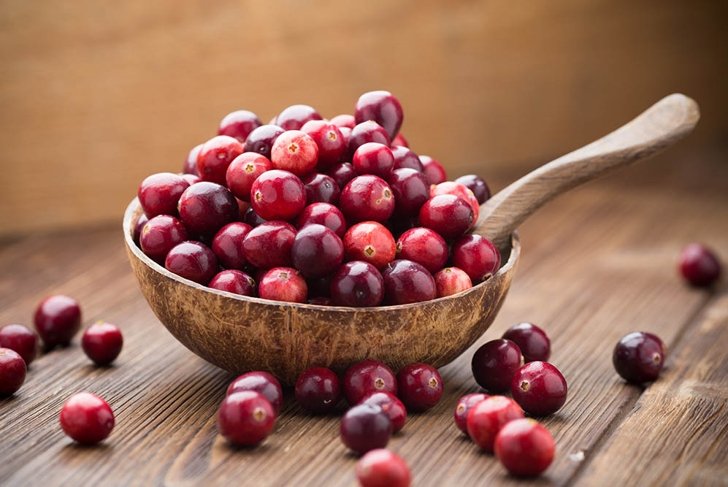 Research shows that FODMAPs in meals are poorly absorbed in the small intestine and increase the delivery of water to the colon—suggesting the catalyst for diarrhoea in some people. Breath tests show that eating a low-FODMAP diet reduces hydrogen production (in both healthy volunteers and patients with IBS), linking the short-chain carbohydrates with bloating, abdominal distension and pain and excessive flatulence.
Research shows that FODMAPs in meals are poorly absorbed in the small intestine and increase the delivery of water to the colon—suggesting the catalyst for diarrhoea in some people. Breath tests show that eating a low-FODMAP diet reduces hydrogen production (in both healthy volunteers and patients with IBS), linking the short-chain carbohydrates with bloating, abdominal distension and pain and excessive flatulence.
Since the first study, research has consistently tied global restriction of FODMAPs (rather than restriction of individual components) with reduced symptoms of IBS. In 2008, a rechallenge trial (in which participants restricted fructose/fructans-containing foods and then restored the foods to the diet) showed a return of symptoms after the foods were reintroduced.
In those with Crohn’s disease, sweeteners such as sorbitol, maltitol and isomalt are absorbed, but the digestibility of the other nutrients in the foods is reduced because these polyols cause an osmotic load, meaning that more water remains in the intestine, leading to watery stool.
07
The benefits of the diet
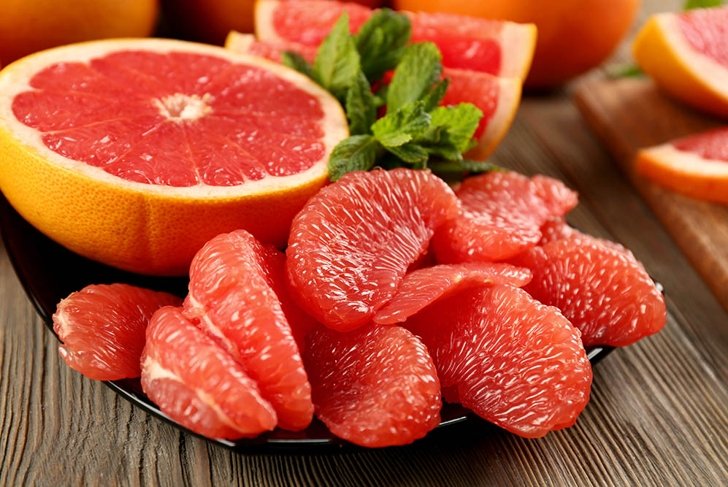 A 2010 study in the Journal of Human Nutrition and Dietetics showed that 82 per cent of IBS participants in the low-FODMAP group had reduced bloating, 87 per cent enjoyed less flatulence and 85 per cent experienced a reduction in abdominal pain.
A 2010 study in the Journal of Human Nutrition and Dietetics showed that 82 per cent of IBS participants in the low-FODMAP group had reduced bloating, 87 per cent enjoyed less flatulence and 85 per cent experienced a reduction in abdominal pain.
Symptom composite scores overall showed 86 per cent improvement in the low-FODMAP group, and symptom reduction was substantially higher than reported by participants receiving standard dietary advice. The researchers concluded that the low-FODMAP diet is more effective than standard dietary guidelines for symptom control of IBS.
08
FODMAPs affect healthy people too
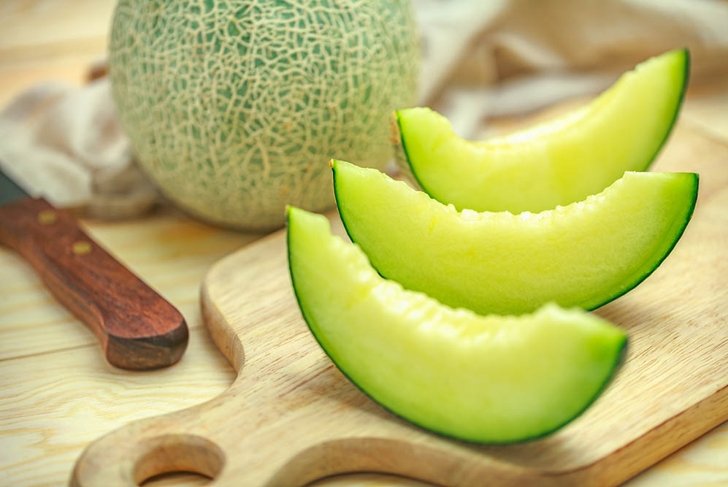 It’s interesting to note that research has also uncovered information about how FODMAPs are digested by healthy participants. We know, for example, that fructans (polymers of fructose found in asparagus, leeks, garlic, onions and wheat) and galacto-oligosaccharides (lactose from cows’ milk) are always fermented by intestinal flora, and cause wind production and flatulence in healthy people too. The effects are merely worsened in those with hypersensitivity and motility disorders as found in IBS.
It’s interesting to note that research has also uncovered information about how FODMAPs are digested by healthy participants. We know, for example, that fructans (polymers of fructose found in asparagus, leeks, garlic, onions and wheat) and galacto-oligosaccharides (lactose from cows’ milk) are always fermented by intestinal flora, and cause wind production and flatulence in healthy people too. The effects are merely worsened in those with hypersensitivity and motility disorders as found in IBS.
09
Ready to try it?
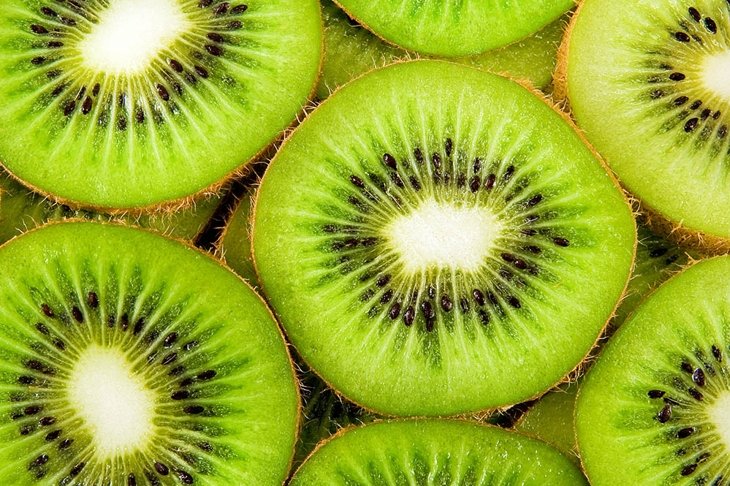 The low-FODMAP diet eliminates sugars that can’t be fully digested and absorbed in the small intestine. When following this diet, journalling is critical. Be sure to keep accurate records of what you eat, when and how your body responds.
The low-FODMAP diet eliminates sugars that can’t be fully digested and absorbed in the small intestine. When following this diet, journalling is critical. Be sure to keep accurate records of what you eat, when and how your body responds.
After following the diet until all of your symptoms have disappeared, the goal is to reintroduce foods to determine whether they are a trigger for your symptoms. When doing so, add one food back at a time and wait 72 hours to determine that symptoms haven’t re-appeared before moving on to the next food.
This way of eating is not as restrictive as some other prescription diets, but if you are interested in following it, you are wise to get nutritional guidance from an expert so you are sure to get all of your health-supportive nutrients. You may have to use vitamin and mineral supplementation to be sure to meet nutrient requirements, particularly in the elimination and rechallenge phases.
| High-FODMAP foods | Low-FODMAP foods | |
| Milk and alternatives |
|
|
| Sweeteners |
|
|
| Fruits |
|
|
| Vegetables |
|
|
Note: eating foods of varying FODMAP values in a meal adds up, resulting in symptoms you might not experience if eating a food in isolation.
10
What is Crohn’s disease?
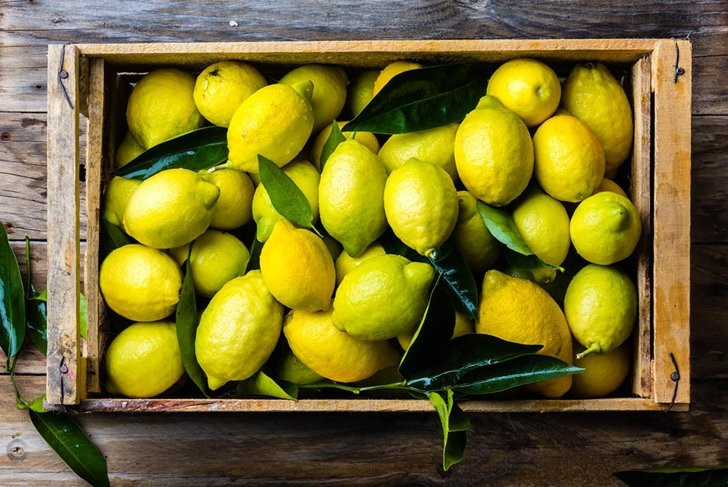 A more serious intestinal disorder than IBS, Crohn’s disease causes inflammation and irritation of any part of the gastrointestinal (GI) tract. The ileum, or the end part of the small intestine, is most commonly affected. Inflammation deep into the lining of the GI tract can cause irritation and diarrhoea, and chronic inflammation can lead to scar tissue that leads to painful cramps. Over time, consequences linked to Crohn’s disease include anaemia, arthritis, skin problems and diseases related to liver function.
A more serious intestinal disorder than IBS, Crohn’s disease causes inflammation and irritation of any part of the gastrointestinal (GI) tract. The ileum, or the end part of the small intestine, is most commonly affected. Inflammation deep into the lining of the GI tract can cause irritation and diarrhoea, and chronic inflammation can lead to scar tissue that leads to painful cramps. Over time, consequences linked to Crohn’s disease include anaemia, arthritis, skin problems and diseases related to liver function.



